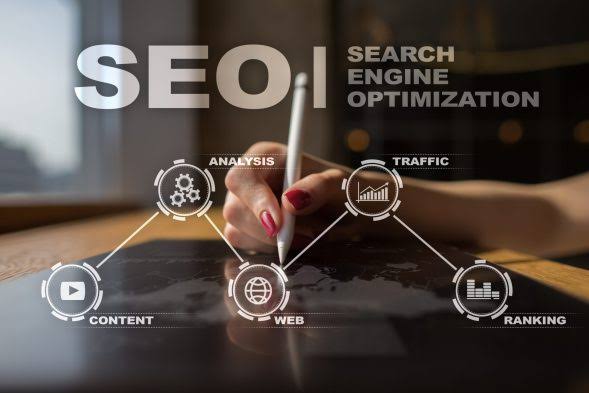In the digital age, it is more important than ever for businesses to ensure that their content is crafted in an inclusive and respectful manner. This not only applies to the language used in business emails or marketing campaigns but also in the text on a website. Finding the balance between employing inclusive language and optimizing search engine optimization (SEO) can be a difficult task. However, with the right knowledge and tools, organizations can create an optimized website with content that respects all its readers.
Can Inclusive Language Improve Your SEO?
As a business owner or content creator, you likely understand the importance of Search Engine Optimization (SEO). SEO helps ensure that your website is seen by potential customers and clients. However, you may not know that by using inclusive language in your web copy, you can also improve your SEO.
Inclusive language is often defined as language that does not make assumptions about gender or group identity; it is language that does not exclude any group or individuals from the conversation. By including inclusive terms in your web content and titles, you are more likely to draw attention from a larger array of readers who identify with the terms being used. This increased reader base will then increase traffic to your website which will help boost it further up search engine rankings.
Inclusive language means writing content that includes people from different backgrounds, perspectives, and communities. It involves being mindful of how words are used to avoid any biased or discriminating connotations. Studies have shown that by making small adjustments in their wording, marketers can make their content more attractive to search engines while also creating a more welcoming environment for readers.
Using inclusive language not only appeals to search engine algorithms but also promotes meaningful engagement with potential customers.
SEO-Savvy Tips for Inclusive Language
When it comes to SEO, inclusive language is a must. This is because it’s not only good for your readers, but it can also help you improve your rankings. With a few simple tips, you can ensure your content is geared toward everyone, from the visually impaired to the gender fluent.
Using inclusive language is no easy task. It involves analyzing your word choices and choosing neutral alternatives to your biased ones. For example, if you’re trying to sell a product, you’re probably not describing it as a “gift for men”. In theory, you should be addressing people as “they,” but in practice that’s not the case.
While there are numerous tools available, including Textio and Yoast SEO, one of the most useful is a simple test. As part of your analysis, you’ll get a list of the top words and phrases that are most likely to elicit interest from your audience.
The best thing about this test is that you can use it in any type of content. You can do this with blog posts, e-newsletters, or digital ads. Just make sure that the tool you choose has an open platform for input.
As you can see, there’s a lot to be said about inclusive language, and you’ll want to use it in your writing and your design. By doing so, you’ll attract more traffic, boost your rankings, and make your users happy.
Of course, you’ll need to put in the effort, but it’s well worth the trouble. Not only will you be creating a more inclusive environment, but you’ll be also improving your SEO, and making your site more engaging for all users.
SEO Gets Inclusive: How to Help Your Content Rank
In the ever-evolving world of search engine optimization (SEO), it is important to stay up to date with the latest strategies and best practices in order to keep your content competitive. This includes making sure that your website is accessible and visible by all potential visitors, regardless of their disability or impairment. By implementing inclusive SEO tactics, you can ensure that your content will reach its full audience and stand out from the competition.
One way to make sure that your content ranks well with search engines is by following web accessibility guidelines. This means taking steps such as adding alternative text descriptions for images, providing transcripts for audio files, designing websites using a logical structure, and utilizing headings in a clear hierarchy throughout text-based pages. Not only will these practices help make your website more inclusive, but they will also improve organic rankings over time.
First, focus on creating quality content that’s relevant to your niche and targeted audience. Ensure each piece of content is well researched and provides value to readers. Make sure you also use relevant keywords throughout the text that are related to what people are searching for online. Additionally, include outbound links within your article to other trusted websites as this will make it more credible in the eyes of both users and search engines such as Google.
Conclusion
In conclusion, inclusive language and SEO is an important combination to consider when creating content. It helps to ensure that webpages and articles can be found by a diverse group of individuals while promoting respect and understanding across cultures. In order to maximize the reach of your content, it is essential to research the appropriate terminology for the culture or language you are targeting. Additionally, take into consideration any relevant keywords for your topic in order to create content that is both inclusive and optimized for search engine visibility.


